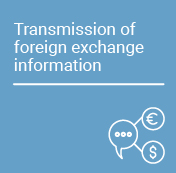Essays on Economic Policy (ESPE in Spanish) - Timing and Duration of Inflation Targeting Regimes
In the journal Essays on Economic Policy (ESPE) - we disclose the results and policy proposals that arise from academic research carried out at the Banco de la República. When you read us, always keep in mind that the content of our articles, as well as the analyzes and conclusions derived from them, are the sole responsibility of their authors. The material disclosed in our ESPE magazine does not compromise or represent the opinion of Banco de la República or that of its Board of Directors.
Central banks in G7 countries shifted to unconventional policy measures in the aftermath of the Financial Crisis, when faced with economic slack, financial instability and fiscal trouble. This shift ended a spell of rules-based time consistent monetary policy that started in the mid-1980s. I argue that substantial economic, political and financial risks put pressures on the continued support for a monetary regime. Central banks may be forced to adopt policies with no option to reset those options later on. I demonstrate with duration models – on a sample of industrialized and emerging economies from 1970 to 2012 – that the policy switch to inflation targeting happened after episodes with high inflation and public debt, reflecting broad support for stability-oriented monetary (and fiscal) policy. More generally, changes in monetary regimes occur after a crisis. High inflation makes central banks pursue active monetary policies, while they forsake those same policies in the wake of fiscal or financial crises.





































































